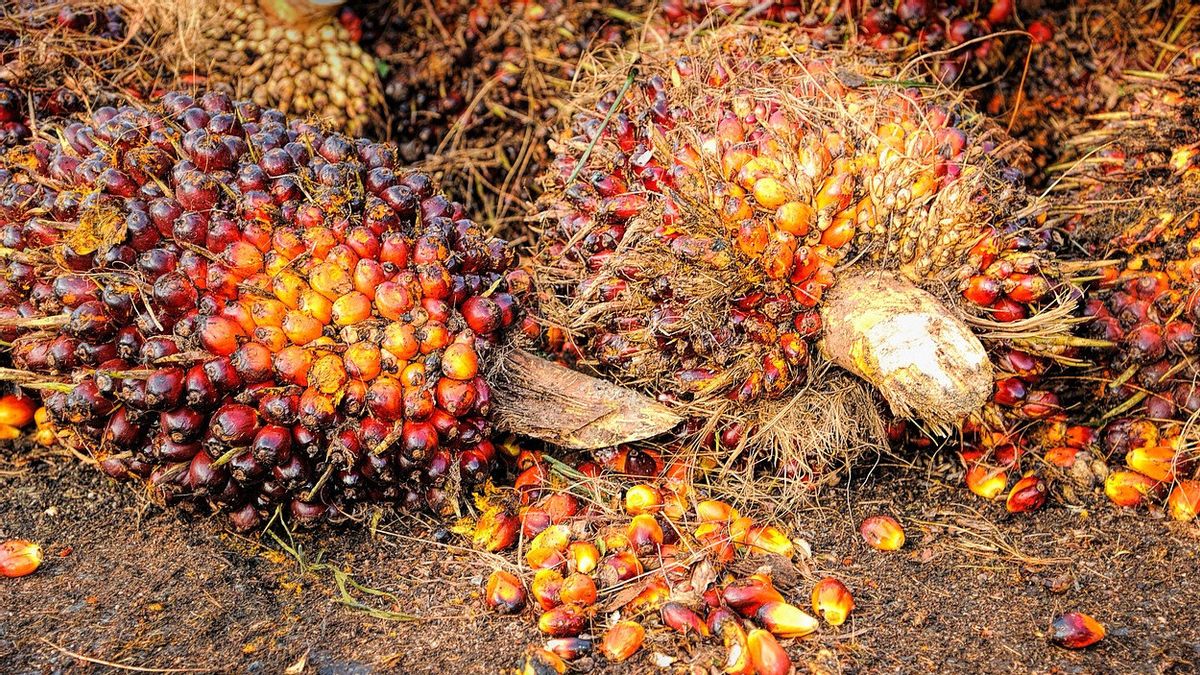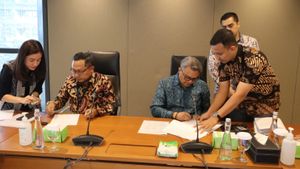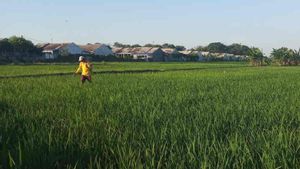YOGYAKARTA - Talking about palm oil (CPO) of course, Indonesia is one of the largest oil suppliers in the world. In fact, a lot of oil has been produced in the country and used by people in several countries. Then where is the country that exports Indonesian palm oil.
It is noted that China and India are the largest market share of national palm oil exports.
CPO exports to the two countries cover 29% of all Indonesian palm oil export points. According to data from the Central Statistics Agency (BPS), the CPO export point to the Bamboo Curtain Country covered US$ 4.55 billion during January-November 2021. This point reached 17.47% of the perfect export points of Indonesian palm oil.
The next largest CPO export destination country, namely India, is US$ 3.11 billion (11.96%). As an example, Pakistan is US$ 2.46 billion, the United States US$ 1.61 billion (9.44%), Banglades US$ 1.26 billion (4.83%), and Malaysia worth US$ 1.21 billion (4.65%).
The export point for palm oil to the United States during January-September 2021 recorded the highest growth, which was 136.4% compared to the same period the previous year. Meanwhile, export points to India only recorded an increase of 17.98%, the lowest compared to 5 other CPO largest export destination countries.
Perfect export points of CPO Indonesia cover US$ 26.03 billion for the January-November 2021 period. This point grew 61.72% compared to the same period the previous year of only US$ 16.1 billion.
Indonesian Palm Oil Export Tax Policy
To improve the development in the downstream industry of the palm oil sector, export taxes for palm oil products that have been distilled have been cut in part in recent years. Meanwhile, the export tax of crude palm oil (CPO) is between 0%-22.5% depending on the price of international palm oil. Indonesia has an 'automatic mechanism' so that when the Government reference CPO price (according to local and international CPO prices) falls below US$ 750 per metric ton, export taxes are cut to 0%. Then it occurs between October 2014 and May 2016 when this reference price falls below US$ 750 per metric ton.
The problem is, export tax-free means that the Government lost a large amount of export tax revenue (which is very much needed) from the palm oil industry. The government decided to induce palm oil export levies in mid-2015. A 50-dollar levy per metric ton is used for exports of crude palm oil and levies worth 30 US dollars per metric tonne are determined for exports of processed palm oil products. Revenue from this new levy is applied (some) to fund the Government's biodiesel subsidy program.
Prospects for the Future of the Palm Oil Industry in Indonesia
The era of Boom Commodities in the 2000s brought blessings to Indonesia because of the abundant natural resources of this country. Oil prices rose sharply after 2005 but the global crisis caused a sharp decline in CPO prices in 2008. There was a strong rebound but after 2011 the price of CPO has weakened, especially as demand from RRT has decreased, while low crude oil prices (from mid-2040) have reduced demand for biofuels made from palm oil. Therefore, the prospects for the palm oil industry are dark in a short period of time, especially because Indonesia still relies too much on CPO compared to processed palm oil products.
when global demand is strong, the palm oil business in Indonesia benefits for the following reasons:
Large profit margins, while these commodities are easily produced by large international demand and continue to grow as the global population increase in the tariff production of crude palm oil (CPO) in Indonesia is the cheapest in the world. Higher productivity than vegetable oil products. The application of biofuels is expected to increase significantly, while the use of iron is expected to decrease
What are the problems that hinder the development of the world's palm oil industry?
Awareness that it is important to create more environmentally friendly policies in dispute over land issues with local residents because of the unclear ownership of land arrests The unclear rules and legislation on high logistics Tariffs is due to the lack of quality and quantity of infrastructure
After discussing Indonesia's Palm Oil Export Destination Country, follow other interesting news on VOI, it's time to revolutionize news.
The English, Chinese, Japanese, Arabic, and French versions are automatically generated by the AI. So there may still be inaccuracies in translating, please always see Indonesian as our main language. (system supported by DigitalSiber.id)













